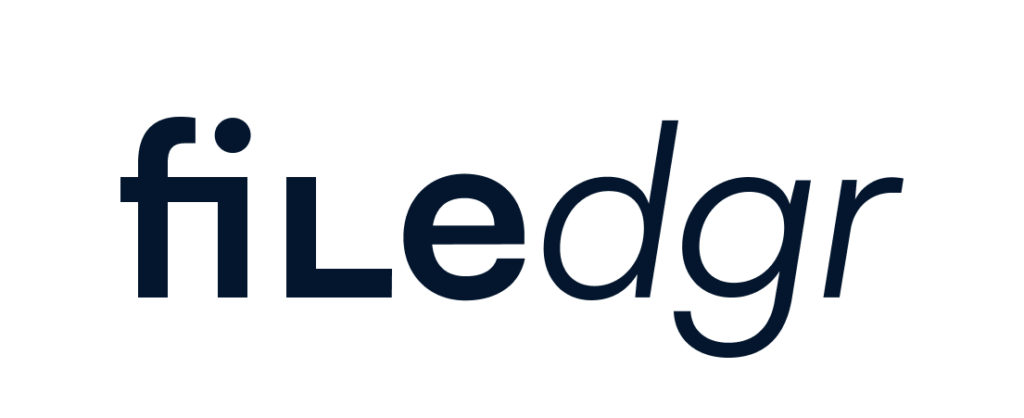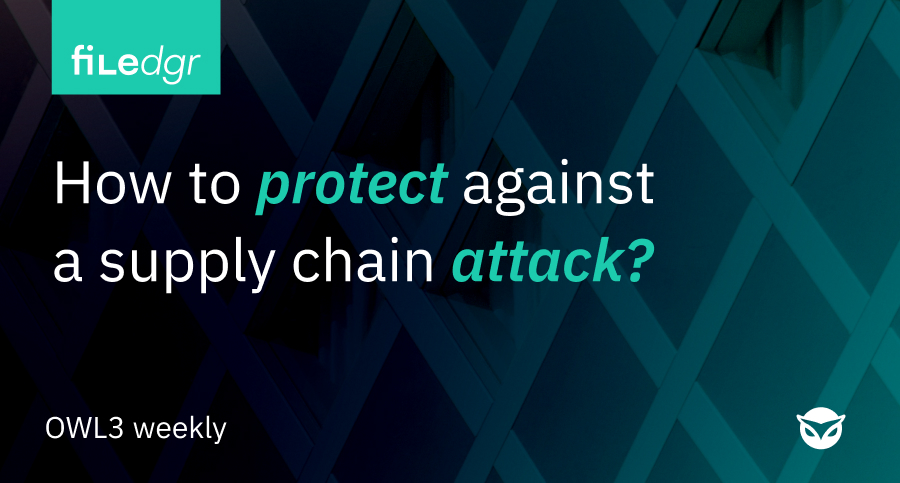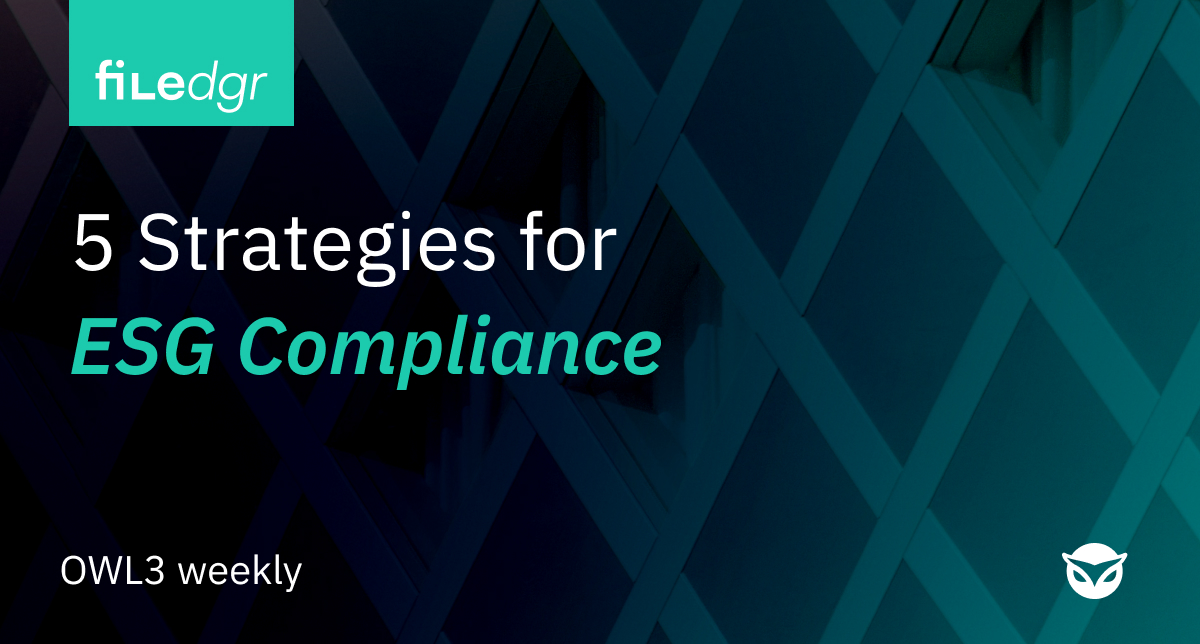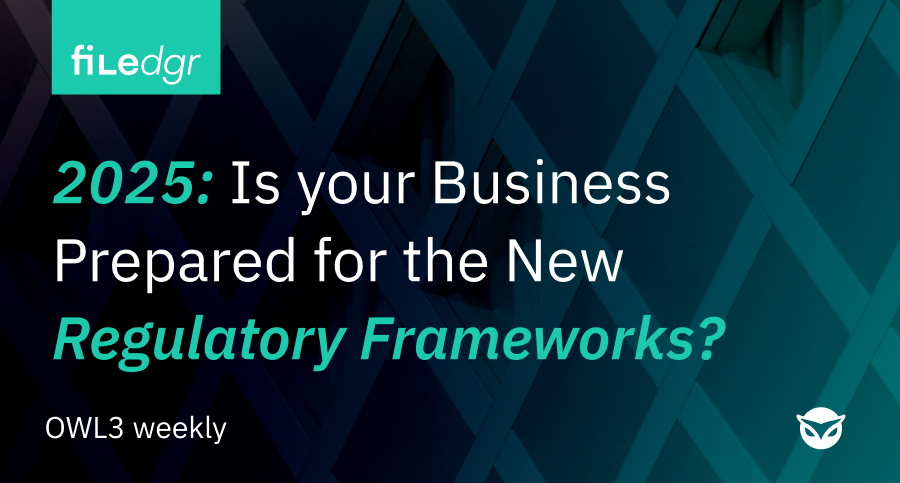Have you stumbled upon the term “Web3” lately and wondered what it means? Maybe you’re a seasoned web user, cruising the familiar territory of Web2. Or perhaps you’re entirely new to the game, eager to understand the ever-evolving digital landscape.
This blog post is your one-stop shop for Web3 beginners! We’ll break down the basics, explore the world of Web3 applications, and delve into how Filedgr is using this technology to transform data storage for businesses.
What is Web3?
Let’s rewind a bit.
The internet we know today has gone through distinct phases.
Web1, the OG version (think late 90s), was a collection of static websites offering mostly one-way communication. Remember those clunky dial-up sounds? ☎️
Web2, the current era, ushered in a more interactive web. Social media platforms, dynamic content, and user-generated data became the norm. Think of it as the “read-write” web — we actively participate and contribute content.
However, with this shift came a concentration of power in the hands of tech giants who control our data and online experiences. This is where Web3 steps in.
Here’s a closer look at each phase:
- Web1: The early internet, characterized by static web pages and read-only content. Think of it as the internet’s infancy, where users could consume information but had limited interaction.
- Web2: The current phase of the internet, marked by user-generated content, social media, and interactive websites. Web2 brought about significant advancements in connectivity and communication but also introduced issues of data privacy and centralized control by tech giants.
- Web3: The decentralized web, where data is stored on a blockchain, enabling peer-to-peer interactions without intermediaries. Web3 promises enhanced security, privacy, and control over personal data.
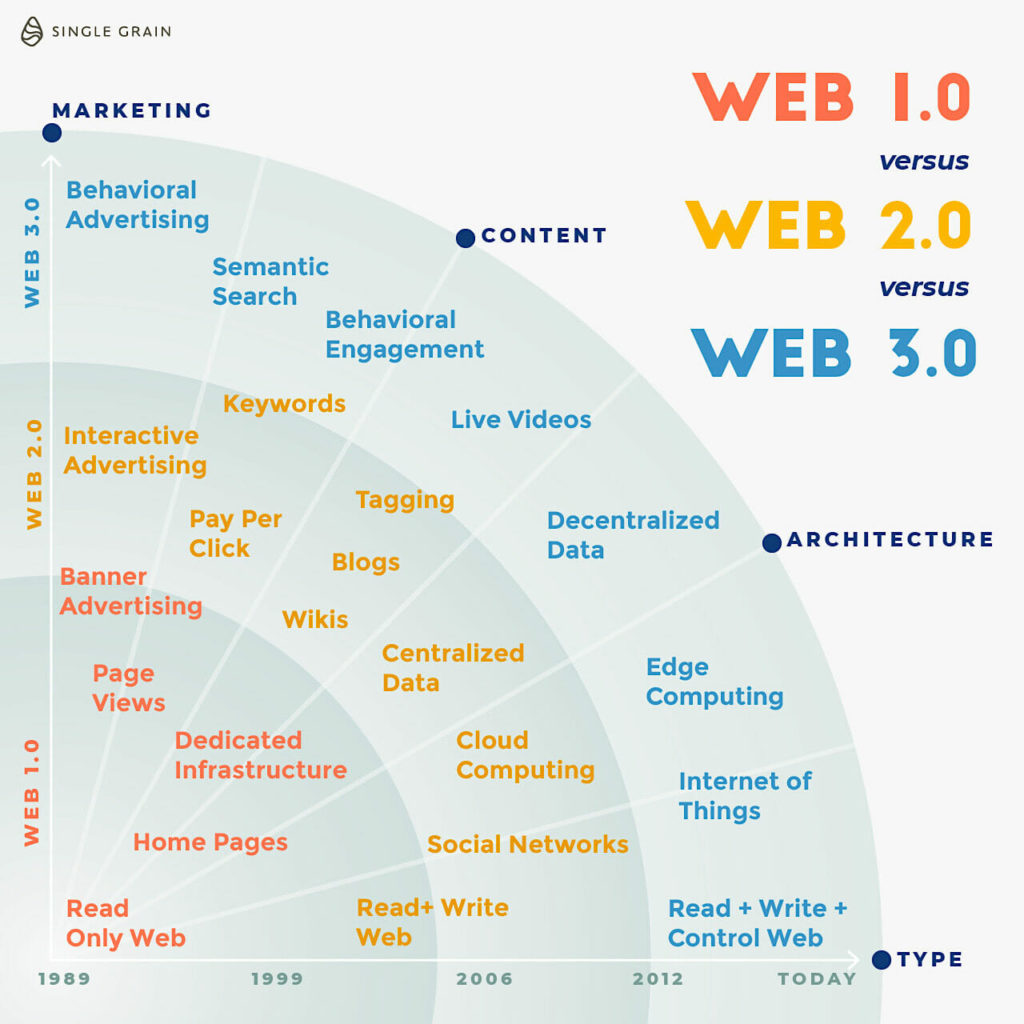
Difference Between Web 1.0, Web 2.0 and Web 3.0 (Source)
Web3 is all about decentralization
Imagine a web where power isn’t held by a select few, but distributed across a network of users. This democratization of the internet promises greater transparency, security, and user ownership. Blockchain technology, the backbone of Web3, plays a crucial role in achieving this.
Think of a blockchain as a digital ledger, a secure and tamper-proof record of transactions. Every piece of information is stored chronologically and distributed across a network of computers, making it incredibly difficult to manipulate or erase data.
This is where things get interesting for businesses!
To fully appreciate the potential of Web3, it’s essential to understand how it differs from Web2:
Centralization vs. Decentralization
- Web2: Dominated by centralized platforms like Google, Facebook, and Amazon, which control and monetize user data.
- Web3: Emphasizes decentralization, allowing users to control their data and interact directly through peer-to-peer networks.
Data Ownership
- Web2: User data is often stored on centralized servers, making it susceptible to breaches and misuse.
- Web3: Data is stored on a blockchain, making it tamper-proof and giving users full ownership and control.
Transparency and Trust
- Web2: Trust is placed in centralized entities, which can lead to issues of censorship and lack of transparency.
- Web3: Trust is established through blockchain’s transparent and immutable ledger, reducing the need for intermediaries.
Filedgr: Bridging the Gap Between Physical and Digital with Web3
Filedgr leverages Web3 technology to create a secure and transparent digital storage network for businesses. We connect valuable data to real-world objects using digital certificates. These certificates, built on the blockchain, act as secure records that verify the authenticity and ownership of data.
Here’s how it works: Imagine a company that manufactures high-end equipment. Each piece of equipment can have a unique digital certificate stored on the blockchain. This certificate contains vital information like the equipment’s specifications, maintenance history, and ownership records.
The benefits are manifold:
- Enhanced security: Blockchain technology makes it virtually impossible to tamper with data, ensuring the integrity of certificates.
- Transparency and trust: All stakeholders can access and verify information on the blockchain, fostering trust and transparency within supply chains.
- Streamlined processes: Digital certificates eliminate the need for paper-based documentation, streamlining data management and verification processes.
Learn more about our products and see how Filedgr contributes to the Web3 ecosystem.
Challenges and Solutions in Web3 Adoption
While Web3 holds immense promise, there are still challenges to overcome. Scalability remains a concern, as blockchain networks can become congested, leading to slow transaction times. Furthermore, user experience needs to be simplified to make Web3 accessible to a wider audience.
Scalability
Challenge: As the number of users and transactions grows, the blockchain can become slow and costly. Solution: Innovations like layer 2 scaling solutions and sharding are being developed to enhance blockchain scalability.
User Experience
Challenge: Web3 applications can be complex and difficult for non-tech users to navigate. Solution: Companies like Filedgr are focusing on creating intuitive and user-friendly interfaces to make Web3 accessible to everyone.
Regulatory Uncertainty
Challenge: The regulatory landscape for blockchain and cryptocurrencies is still evolving, leading to uncertainty. Solution: Engaging with regulators and adhering to best practices can help navigate this uncertainty.
Despite these challenges, the future of Web3 looks bright. As the technology matures and user adoption increases, we can expect even more innovative applications to emerge.
Conclusion
Filedgr is paving the way for a more secure, transparent, and user-centric internet. Whether you’re a seasoned Web2 user or a curious newcomer to Web3, Filedgr offers solutions that empower businesses to leverage the power of blockchain technology.
Key Takeaways:
- Web3 represents a significant shift towards decentralization, enhanced security, and user control.
- Digital certificates and the Digital Twin Data Hub are crucial components of Filedgr’s Web3 innovations.
- Filedgr’s solutions have diverse applications, from supply chain management to healthcare and manufacturing.
- Overcoming challenges like scalability, user experience, and regulatory uncertainty is essential for Web3 adoption.
Stay tuned for future blog posts where we’ll delve deeper into specific applications of Filedgr’s Web3 solutions and explore the exciting possibilities that lie ahead.
Ready to transform your data management? Book a meeting with Amir to learn more about Filedgr 💚
Be the change 🦉
